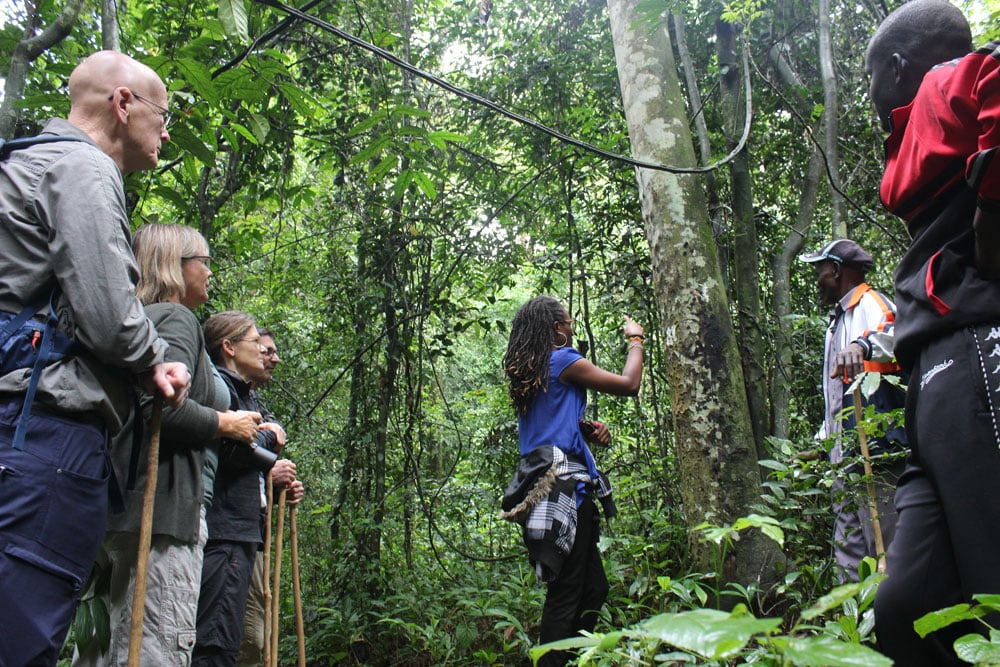Bududa mudslides: 40 bodies so far recovered

The mudslides followed a heavy down pour that lasted for over four hours on Thursday on October 11, 2018. Photo by Leonard Mukooli
What you need to know:
- Over 500 people are reported to have also been displaced and are in need of shelter and food, according to the local leaders.
- The displaced residents, all living along the River bank, were seeking refuge in the nearby schools, churches and trading centres.
At least 40 bodies have so far been recovered after devastating mudslides swept villages in Bakalasi Sub County in Bududa District.
The mudslides followed a heavy down pour that lasted for over four hours on Thursday.
Bududa District chairman Wilson Watira confirmed the number of mudslide victims, saying the search is still on going to rescue some people suspected to be trapped under the debris or recover more bodies.
“With the help of Police and Red Cross officers, we have so far managed to recover 40 bodies of people who were killed in the mudslides. Some of the bodies recovered had missing parts like limbs or heads,” he said.

Over 500 people are reported to have also been displaced and are in need of shelter and food, according to the local leaders. PHOTO BY LEONARD MUKOOLI
Several survivors, some of whom sustained injuries have been admitted at Bukalasi health centre III for treatment.
Mr Watira added: “Government has promised to give Shs300,000 to each family that lost their relatives to assist in burial arrangements.”
However, some residents were heard saying they are fed up of being buried alive by mudslides and the government sending condolence messages, which cannot resurrect their deceased relatives.

The displaced residents, all living along the River bank, were seeking refuge in the nearby schools, churches and trading centres. PHOTO BY LEONARD MUKOOLI
Over 500 people are reported to have also been displaced and are in need of shelter and food, according to the local leaders.
ALSO READ: Landslide destroys three villages in Bududa
The displaced residents, all living along the River bank, were seeking refuge in the nearby schools, churches and trading centres.




